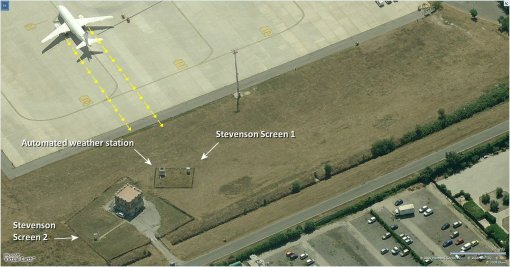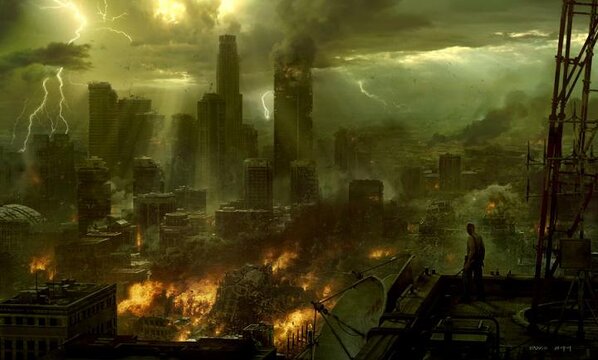Here's just part of an interview with Dr. Phil Jones, ex head of the CRU at East Anglia. It's from "The Devil's Kitchen."
The Devil's Kitchen The interview has been widely reported in many places. There's also, yet again (and right on schedule so as not to disappoint); Scandanaviagate!!! Here's the skinny:
Hide the decline - Latest News (home) Next up, some interesting information about The Sun (as in the one 93 million miles from us). Seems it's likely to 'slow down a bit.' Incidentally, as you no doubt noticed by the spelling, many of the climate skeptics are British, Australian, and Canadian, putting the lie to the idea that only Americans are climate skeptics.
P.S. If the table below doesn't work I'll try to get a better copy.
A - Do you agree that according to the global temperature record used by the IPCC, the rates of global warming from 1860-1880, 1910-1940 and 1975-1998 were identical?
An initial point to make is that in the responses to these questions I've assumed that when you talk about the global temperature record, you mean the record that combines the estimates from land regions with those from the marine regions of the world. CRU produces the land component, with the Met Office Hadley Centre producing the marine component.
Temperature data for the period 1860-1880 are more uncertain, because of sparser coverage, than for later periods in the 20th Century. The 1860-1880 period is also only 21 years in length.
As for the two periods 1910-40 and 1975-1998 the warming rates are not statistically significantly different (see numbers below).
I have also included the trend over the period 1975 to 2009, which has a very similar trend to the period 1975-1998.
So, in answer to the question,
the warming rates for all 4 periods are similar and not statistically significantly different from each other.
Here are the trends and significances for each period:

This is pretty significant because Jones is admitting that—over the timescale for which we have actual measurements (rather than proxies)—the current warming trend is not unprecedented—an aspect that the whole alarmist argument depends on.
Watt's Up With That summarises the relevant points from the interview in this way.
- Neither the rate nor magnitude of recent warming is exceptional.
- There was no significant warming from 1998-2009. According to the IPCC we should have seen a global temperature increase of at least 0.2°C per decade.
- The IPCC models may have overestimated the climate sensitivity for greenhouse gases, underestimated natural variability, or both.
- This also suggests that there is a systematic upward bias in the impacts estimates based on these models just from this factor alone.
- The logic behind attribution of current warming to well-mixed man-made greenhouse gases is faulty.
- The science is not settled, however unsettling that might be.
- There is a tendency in the IPCC reports to leave out inconvenient findings, especially in the part(s) most likely to be read by policy makers.
Now, some of these conclusions might be slight leaps,
as Climate Skeptic opines.
I think some of these conclusions are a bit of a reach from the Q&A. I don’t get the sense that Jones is abandoning the basic hypothesis that climate sensitivity to manmade CO<sub>2</sub> is high (e.g. 3+ degrees per doubling, rather than <=1 degrees as many skeptics would hypothesize). In particular, I think the writing has been on the wall for a while that
alarmists were bailing on the hockey stick / MWP-related arguments as indicative of high sensitivities.
The new news for me was the admission that the warming rate from 1979-present is in no way unprecedented. This is important as the lead argument (beyond black box “the models say so” justifications) for blaming anthropogenic factors for recent warming is that the rate of warming was somehow unprecedented. However, Jones admits (as all rational skeptics have said for some time) that the warming rate from 1979 to today is really no different than we have measured in other periods decidedly unaffected by CO<sub>2</sub>.
However, there was one of Phil Jones's answers that left me absolutely gob-smacked, and it is this one:
H - If you agree that there were similar periods of warming since 1850 to the current period, and that the MWP is under debate, what factors convince you that recent warming has been largely man-made?
The fact that we can't explain the warming from the 1950s by solar and volcanic forcing - see my answer to your question D [where he referenced Chapter 9 of the IPCC AR4].
You what? So, since you are unable to account for the warming in terms of volcanos or solar warming, then it must be human induced? What the hell?



